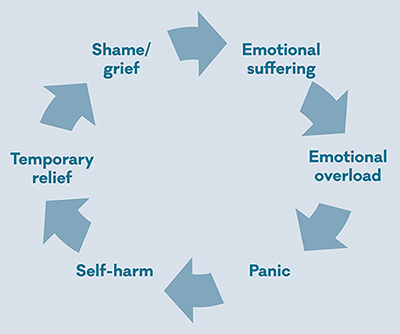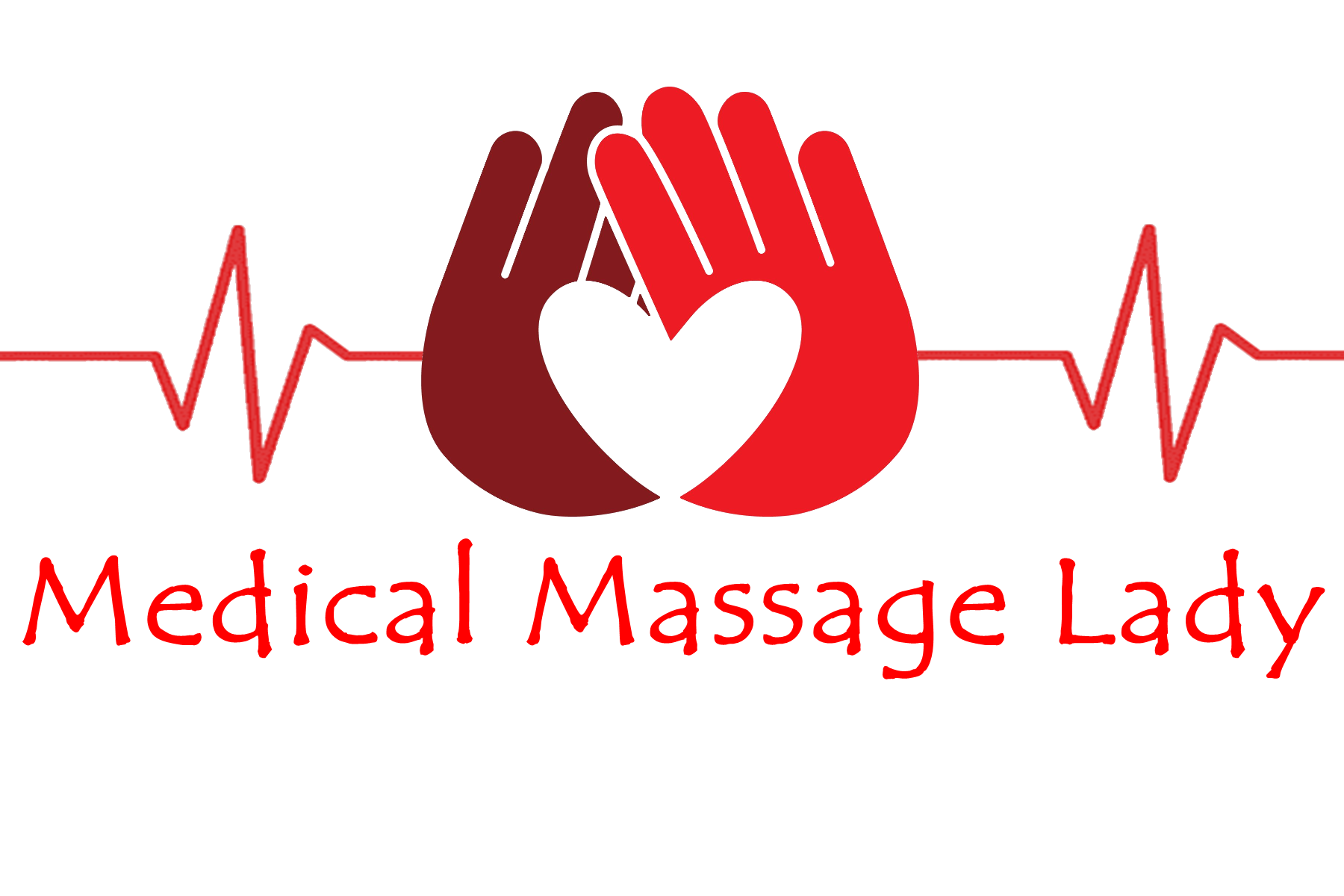- 07736 104738
- sam@medicalmassagelady.com
- Mon - Sat, 8:00 - 18:30
Mental Health
I have previously written about the use of massage in those suffering with depression and also how it can boost low dopamine levels in those with ADHD, which causes such clients to seek out addictive behaviours.
I treat many clients with unresolved trauma and PTSD and it is not uncommon for the topic of self harm to come up. Understanding the reasons behind self harm helps to reduce judgemental attitudes, promoting a trusting relationship that is necessary for treatment.
- Self-harm usually starts between 14 and 24 years old
- 60% of self-harmers are female
- self injury incidents per person can vary from just a few to over 50 times
- in cases of self harm there is a biological or environmental vulnerability to extreme stress, which may arise from poverty, family structure, trauma, etc. which may make the prospect of resisting self harm more difficult
- there is a correlation between low serotonin and levels and increased impulsive behaviours
We often think of self harm purely as cutting but there are many forms including skin cutting, burning, scratching, ingesting, piercing, head banging, picking wounds, eating disorders and other addictive behaviours. These behaviours come about for various reasons:-
- when a person suppresses their psychological pain, making them dissociate and feel numb, feeling physical pain can give a temporary release
- the physical injury is seen as something that they can control themselves, when everything else feels out of control, a form of self punishment
- to prevent suicide
- to set interpersonal boundaries and keep others at a distance
However research has shown that self-harm is mainly used to regulate mood, and rather like PTSD, this is not simply a psychological issue, even though it often occurs in those with high anxiety, but a sign of physiological disturbances whereby the injury promotes a chemical shift in the brain, affecting emotional awareness. This is a similar addictive behaviour to alcohol, food, gambling, sex, drugs etc. Emotions, therefore, are physiological, with these chemical changes promoting a temporary improvement in mood and it is this temporary ‘high’ that increases the chance of such behaviour continuing.
There is a correlation between high stress hormone levels and low dopamine levels in those experiencing high anxiety and stress, and the development of addictive behaviours such as self-harm. Dopamine is a neurotransmitter which induces feelings of excitement, alongside serotonin which also helps with mood, appetite, sleep and pain levels.
It is thought that when these incidents of self harm take place dopamine levels spike, temporarily bringing that feeling of excitement to someone who is usually feeling numb. Unfortunately, this interferes with normal dopamine production and a negative cycle begins.

In addition to dopamine, endogenous opioids are also released during episodes of self harm. Both of these neurochemicals not only bring feelings of calm in a way similar to heroin, but also reduce sensitivity to pain, explaining why people who harm claim to feel little or no pain. These chemical responses then reinforce the unhealthy behaviour because the person, who most likely already has addictive tendencies, becomes further reliant on the need for opioid release, explaining why harming behaviour often increases. Following the initial sense of calm comes the opioid withdrawal which brings with it muscular tension and psychological distress. If this continues for any amount of time it can disrupt homeostasis, causing issues with the reproductive, digestive, and immune systems.
CONCLUSION
Dysregulation of serotonergic and dopaminergic neurotransmission and of the endogenous opioid system has been highly implicated in self injurious behaviour. Early traumatic experiences in particular are known for adversely affecting the stress response systems and fluctuating cortisol levels have also been found to occur shortly before self injurious episodes.
Given that massage therapy can help to rebalance the endocrine system and regulate the nervous system, increasing serotonin and dopamine secretion and reducing cortisol and adrenaline, it could be a valuable tool in helping to restore homeostasis in the self harmer, but should be done alongside psychological therapies. It can also be used to help relieve muscle tension and provide some emotional comfort following episodes of harming behaviour. If carried out regularly, it can help to rebalance the levels of neurotransmitters while reducing the physiological factors that cause the stress response, and through these chemical changes, can create a positive shift away from these addictive behaviours.




